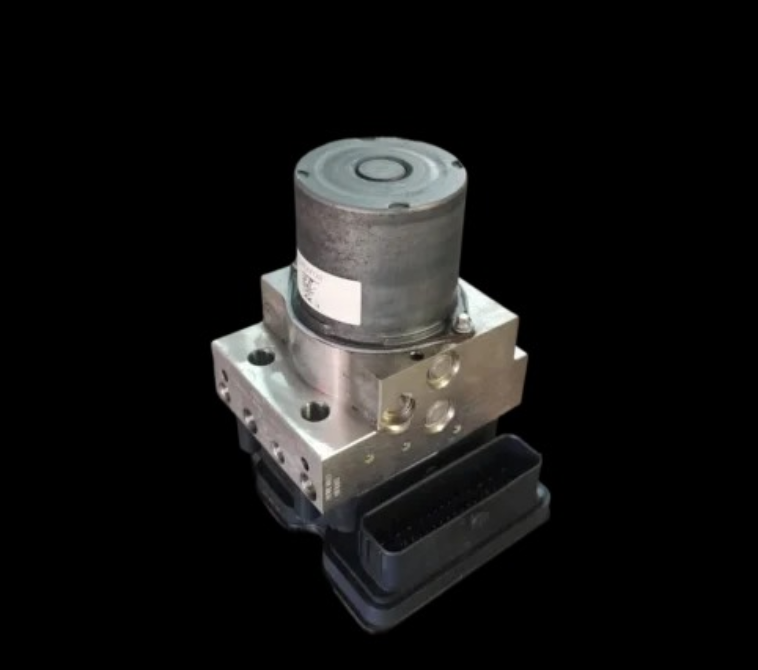What Does the ABS Light Mean? A Driver’s Guide to Understanding and Acting on the Warning
Modern vehicles are equipped with a range of safety features, and among the most important is the Anti-lock Braking System (ABS). If you’ve ever seen the ABS light appear on your dashboard, you might wonder whether it’s a cause for concern or just another blinking icon. While it may not mean immediate danger, ignoring the ABS light could compromise your safety when you need it most.
In this article, we’ll explore the ABS light in detail — what it means, why it activates, and what steps you should take when it appears. Whether you’re an experienced driver or a new car owner, understanding this warning light is essential for safe driving.
What Is the ABS Light?
The ABS light is a dashboard warning that alerts you to a malfunction within your vehicle’s anti-lock braking system. ABS is designed to prevent the wheels from locking up during hard braking, especially on slippery or uneven surfaces. This system allows drivers to maintain steering control in emergency situations and reduces the likelihood of skidding.
When you first turn on your vehicle, the ABS light typically illuminates briefly as part of the system’s self-check. This is perfectly normal. However, if the light stays on or comes on while driving, it indicates that the system has detected an issue that needs attention.
Why the ABS Light Is Important
Your car’s braking system is critical to your safety. While the standard brake system may still work even if the ABS light is on, the enhanced safety offered by ABS will not. This means in conditions like rain, snow, gravel, or during sudden stops, your car won’t be able to modulate braking pressure to prevent wheel lock-up.
In short, the ABS light means your brakes might not work as effectively when you need them most — and that can put you and others at risk.
Common Causes of the ABS Light
Understanding what might trigger the ABS light helps in identifying and resolving the problem efficiently. Below are some of the most frequent causes:
1. Faulty Wheel Speed Sensors
Wheel speed sensors are located at each wheel and monitor the speed of the wheel in real-time. If one of these sensors becomes dirty, damaged, or fails completely, the ABS system may not receive accurate data, causing the light to turn on.
2. Low Brake Fluid
Brake fluid levels that are too low can compromise the performance of both the standard brake system and ABS. This is often one of the simplest problems to diagnose and resolve.
3. Damaged or Corroded Wiring
The wiring and connectors that link the ABS sensors to the central module can become damaged over time. Corrosion or disconnection can interrupt the flow of data and trigger the warning light.
4. ABS Module Failure
The ABS module processes the signals from the sensors and makes adjustments to prevent lock-ups. If the module itself malfunctions, the entire system may become disabled.
5. Blown Fuse or Relay
Since ABS relies on electrical components, a blown fuse or faulty relay can deactivate the system, prompting the dashboard light.
6. Worn Hydraulic Pump
In some systems, a hydraulic pump is used to regulate brake pressure. If this pump begins to fail, it can affect ABS performance.
Can You Drive With the ABS Light On?
Technically, yes — but with caution. If only the ABS light is illuminated and your standard brake warning light is off, you can continue driving under normal conditions. However, you should avoid slippery roads and sudden stops, as your car won’t benefit from anti-lock braking.
If both the ABS light and the red brake warning light are on simultaneously, stop driving immediately. This can indicate a serious issue with your braking system overall, not just the ABS. In such cases, it’s unsafe to operate the vehicle until repairs are made.
What to Do When the ABS Light Comes On
1. Check Brake Fluid
Open the hood and locate your brake fluid reservoir. If the fluid is low, top it off with the manufacturer-recommended fluid. Be cautious — low fluid might also point to a leak in the system.
2. Restart the Vehicle
Sometimes, the ABS light may come on due to a temporary error. Turning the car off and restarting it after a few minutes can reset the system in certain cases.
3. Inspect for Visible Issues
Check the wheel area for obvious signs of damage — such as frayed wiring, loose connectors, or dirt buildup near the sensors.
4. Use a Diagnostic Tool
If you have access to an OBD-II scanner that supports ABS codes, plug it into your car’s diagnostic port. This will help you identify the specific problem causing the light.
5. Visit a Mechanic
If you’re unable to determine or fix the issue yourself, a qualified mechanic can perform a comprehensive inspection. ABS issues often require specialized tools and knowledge to diagnose and repair correctly.
Preventing ABS Light Activation
While not all ABS issues can be avoided, routine maintenance greatly reduces the likelihood of problems:
- Maintain proper brake fluid levels.
- Have your brakes checked regularly, especially before winter or long road trips.
- Clean the wheels and undercarriage frequently, especially after off-road or snowy driving.
- Respond to early symptoms like a soft brake pedal or pulsing brakes, which may indicate ABS-related wear.
The Role of ABS in Emergency Situations
One of the most critical moments where ABS proves its worth is during panic braking. Imagine having to stop suddenly to avoid an obstacle on a wet road. Without ABS, your wheels could lock up, causing you to lose control of the vehicle.
With ABS functioning correctly, your vehicle will pulse the brakes automatically, maintaining traction and steering control. That’s why an illuminated ABS light isn’t something to overlook — it’s a warning that this safety net is no longer available.
Final Thoughts
The ABS light may seem like a small, glowing symbol on your dashboard, but it carries big implications. It’s your car’s way of telling you that a vital safety feature isn’t working properly. While your brakes may still operate, they won’t offer the same level of protection in high-pressure or low-traction situations.
If your ABS light comes on, don’t ignore it. Address the issue promptly by checking fluid levels, scanning for fault codes, or visiting a mechanic. By staying informed and taking action, you ensure your vehicle remains as safe and responsive as it was designed to be.



